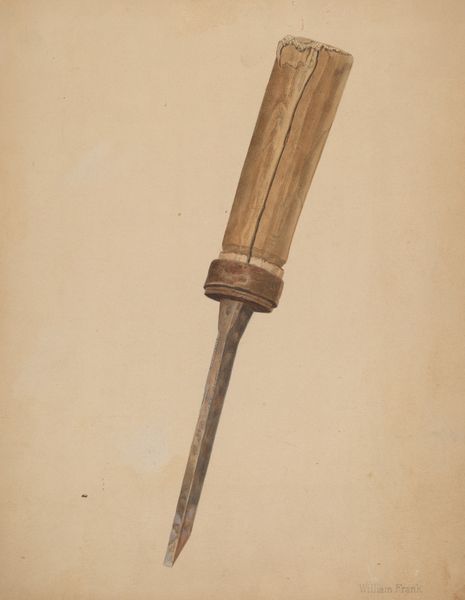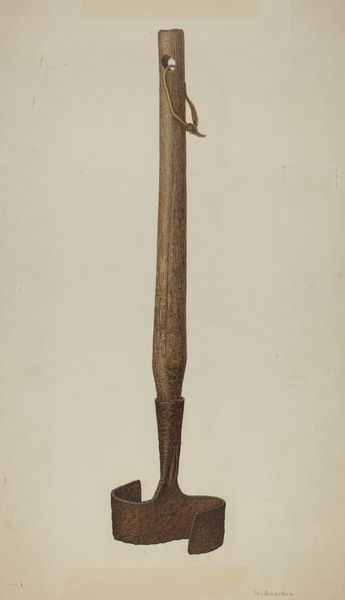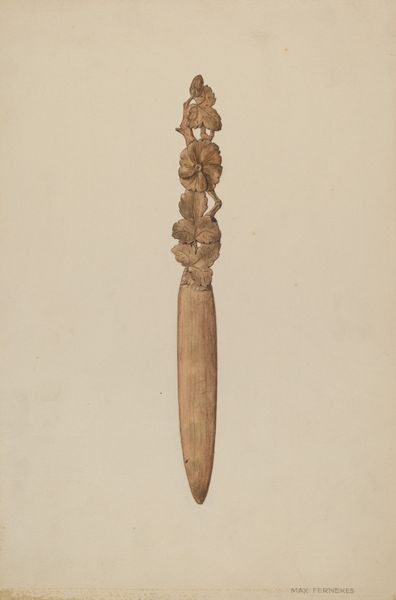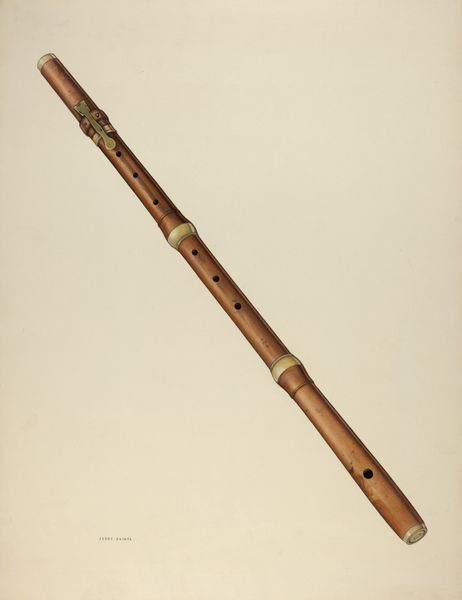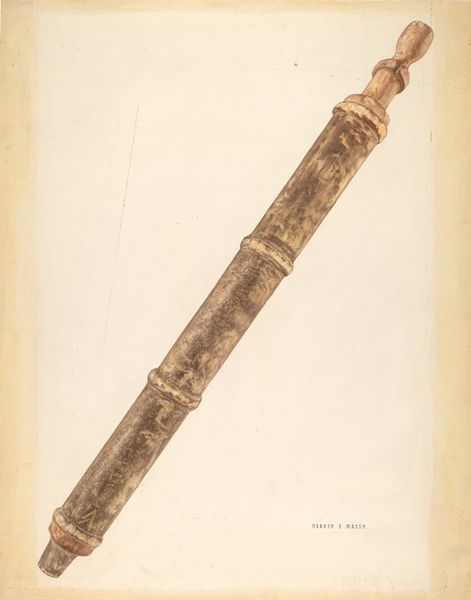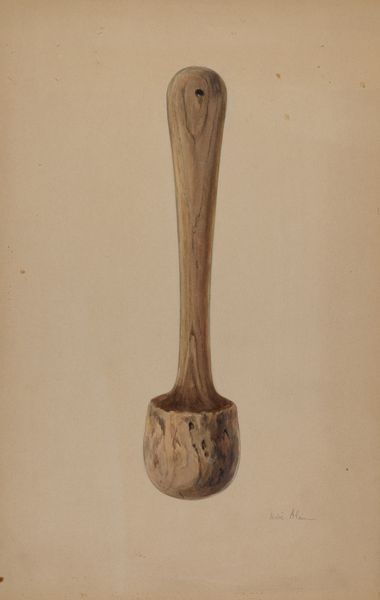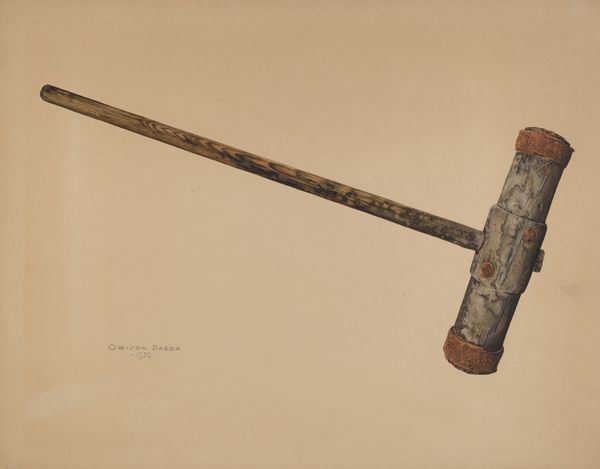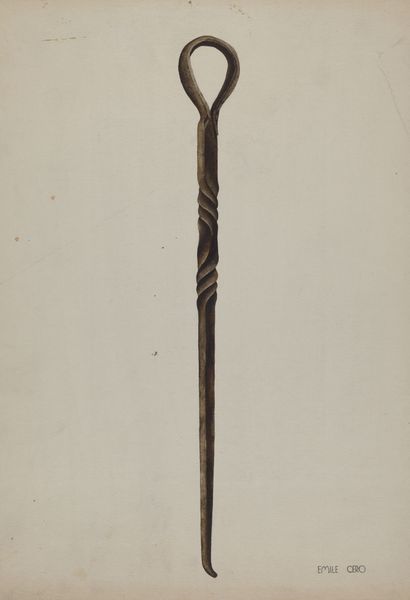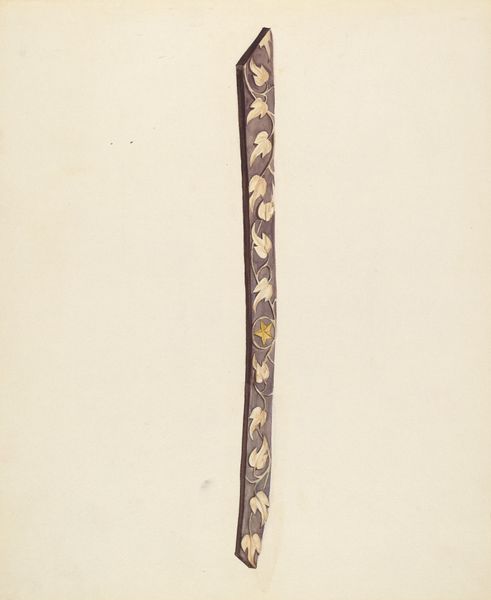
drawing, ivory
#
drawing
#
narrative-art
#
figuration
#
folk-art
#
line
#
ivory
Dimensions: overall: 58.1 x 45.7 cm (22 7/8 x 18 in.) Original IAD Object: 21 1/2" long; 2 1/2" wide; 7/8" deep
Copyright: National Gallery of Art: CC0 1.0
This "Scrimshaw: Swordfish Bill" was made by Oscar Bluhme sometime between 1855 and 1955. Scrimshaw is the process of engraving or carving on bone or ivory, traditionally practiced by sailors during their long voyages. The surface of this swordfish bill is covered with personal symbols such as hearts, anchors, and a compass. These speak to the emotional and social realities of maritime life, representing love, hope, and the longing for home. The initials "H.W.B." likely refer to an individual, perhaps a loved one or the artist himself, weaving a narrative of personal identity into the object. These carvings served not only as a pastime, but as a form of emotional expression and cultural preservation. In this work, Bluhme transforms a tool of maritime labor into a canvas of personal and cultural identity. The intimate scale and tactile nature of scrimshaw invite us to contemplate the stories and emotions embedded in this unique art form.
Comments
No comments
Be the first to comment and join the conversation on the ultimate creative platform.


